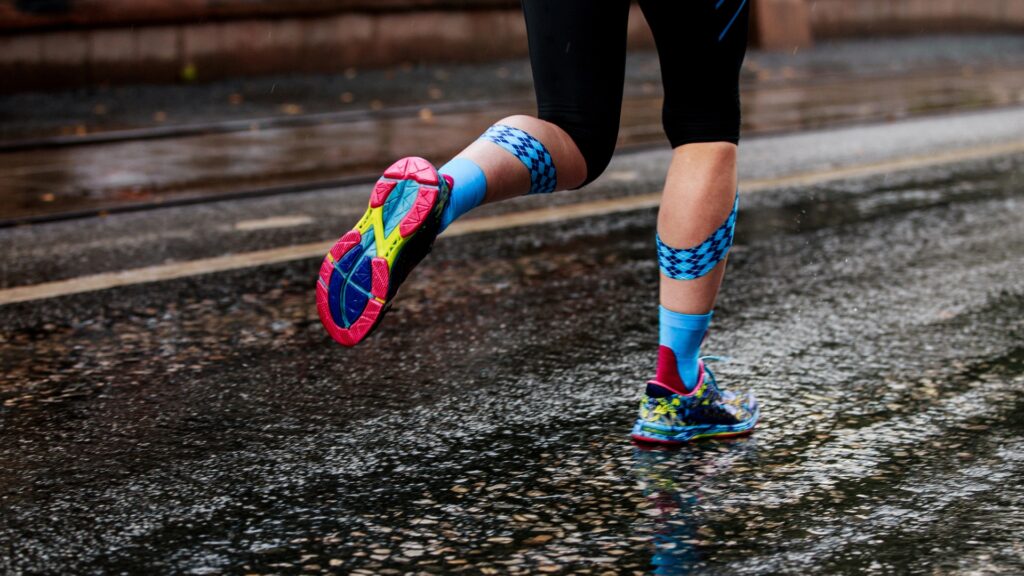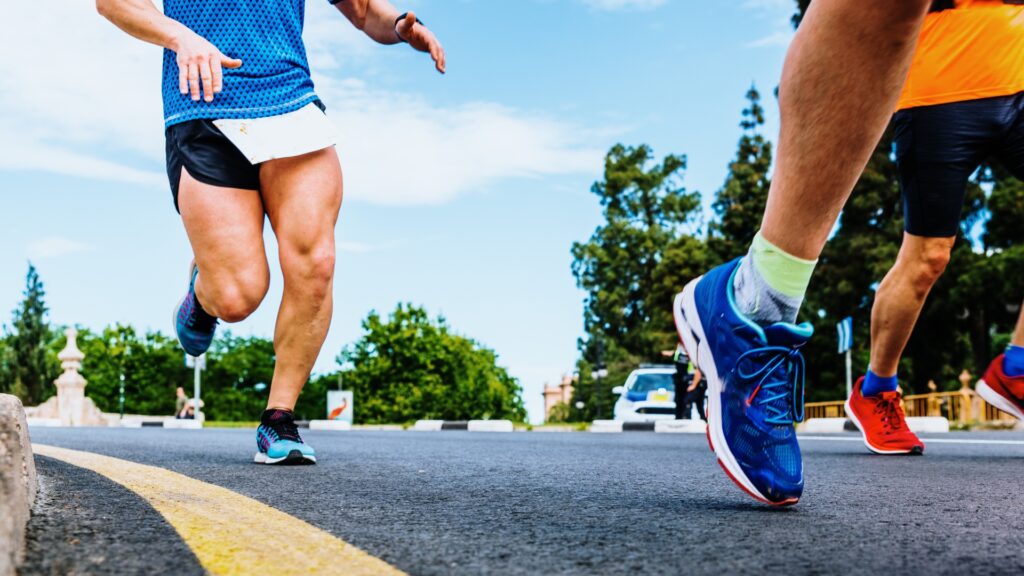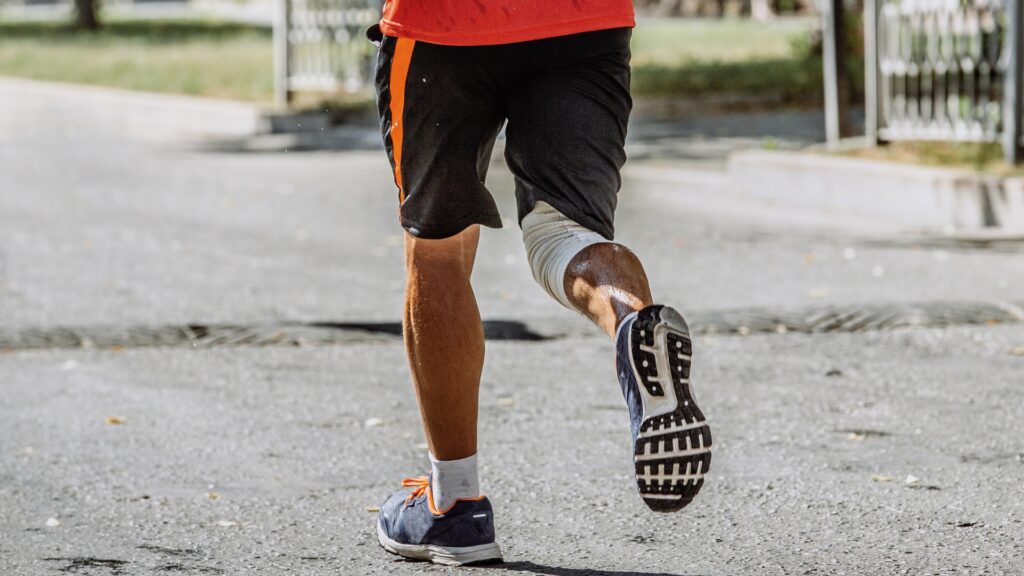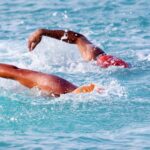When it comes to running, one of the most debated topics is whether you should aim for a forefoot or heel strike. This question, particularly relevant for long-distance runners, sparks considerable discussion among coaches, athletes, and scientists.
The debate between forefoot and heel striking in running is complex, with research indicating that while forefoot striking can reduce impact forces by allowing better shock absorption, it shifts stress to the Achilles tendon and calf muscles. Conversely, heel striking, common among those using cushioned shoes, may increase impact forces on the legs but is often the natural running pattern for many. Ultimately, the most effective approach is to let your body find its most economical stride through consistent running and appropriate footwear, rather than forcefully altering your natural gait.
Here, we delve into the nuances of foot strike patterns and their implications for runners.

Understanding Foot Strike Patterns
Forefoot Strike
A forefoot strike involves landing on the balls of your feet. This technique is often associated with reduced impact forces as it theoretically allows for better shock absorption through the leg. The initial contact with the ground occurs at the front of the foot, which can potentially reduce the risk of certain injuries.
Related: How To STOP Your Feet From Hurting When You Run
Heel Strike
A heel strike, on the other hand, involves landing on the heel before transitioning to the rest of the foot. This is common among runners who use cushioned shoes with a high heel-to-toe drop (12-16mm). Heel striking has been viewed critically due to the higher impact forces transmitted through the legs, which some believe can increase injury risk.
The Scientific Perspective
Research indicates that while forefoot striking may reduce impact forces, it shifts stress to the Achilles tendon and the calf muscles (soleus). For individuals accustomed to running in cushioned shoes for many years, transitioning to a forefoot strike can cause strain and potential injury due to the increased demand on these muscles and tendons.

Practical Insights
Individual Running Stride
Every runner has a unique stride that their body naturally adopts over time. This stride is influenced by various factors including anatomy, strength, and running history. Attempting to forcefully change this natural stride can sometimes lead to inefficiency and injury, especially during high-stress conditions like races.
Coaching Experience
Years of coaching experience reveal that when athletes are under pressure, they often revert to their natural running patterns. Despite incorporating drills and exercises aimed at improving running form, the ingrained habits of a runner tend to prevail, especially when they stop consciously thinking about their technique.
Coordination and Drills
Incorporating coordination drills into training can stimulate the muscles required for better running form. These drills enhance running coordination and may subtly influence running mechanics without the need to drastically change one’s natural stride.
Footwear Considerations
Choosing the right footwear is crucial for complementing your running style. For heel strikers, cushioned shoes with appropriate support can mitigate some of the impact forces. Forefoot strikers might benefit from shoes designed with less heel-to-toe drop, promoting a more natural forefoot landing.
Related: Choosing the Right Shoes for Training and Races

Adapting to Your Body
Natural Economy
Your body naturally finds the most economical running stride over time. By running consistently and building up your mileage gradually, you allow your body to adapt and optimize its running mechanics.
Stress and Adaptation
Shifting from a heel strike to a forefoot strike requires careful adaptation to avoid overloading the Achilles and calf muscles. Transitioning gradually and incorporating strength training exercises can help prepare these muscles for the new demands.In conclusion, there is no one-size-fits-all answer to whether a forefoot or heel strike is better. The best approach is to listen to your body and allow it to find its most natural and economical stride. By focusing on overall strength, coordination, and choosing the right footwear, you can enhance your running efficiency and reduce the risk of injury. Remember, what works for one runner may not work for another, so it’s essential to tailor your approach to your individual needs and circumstances.



Comments are closed.